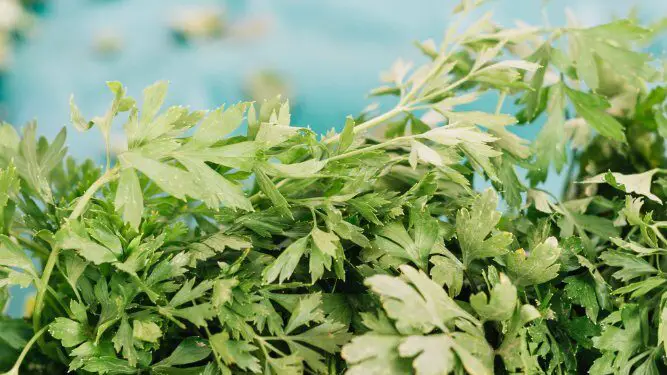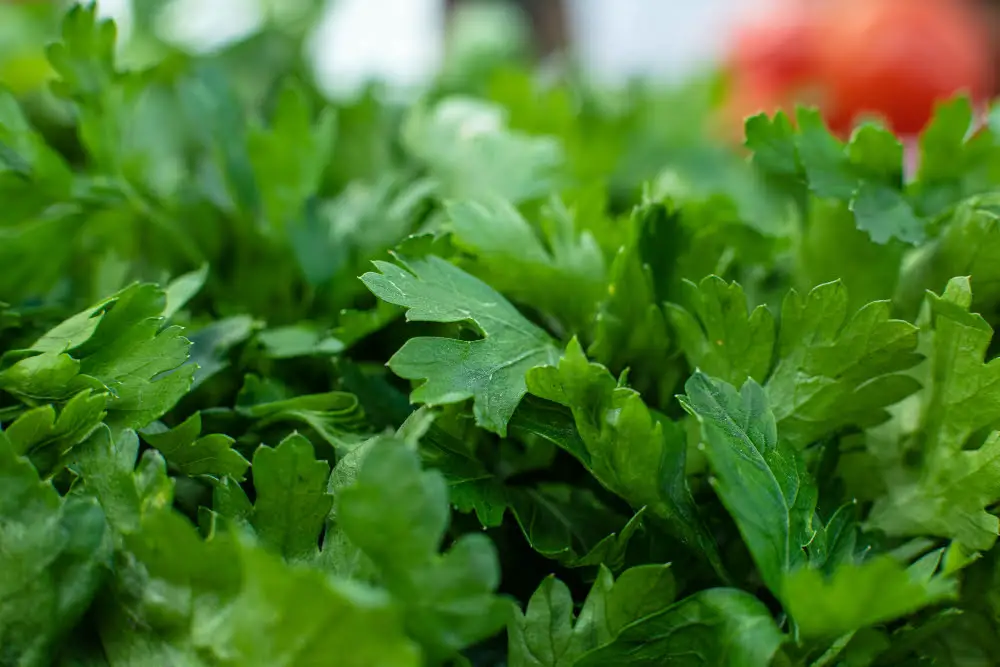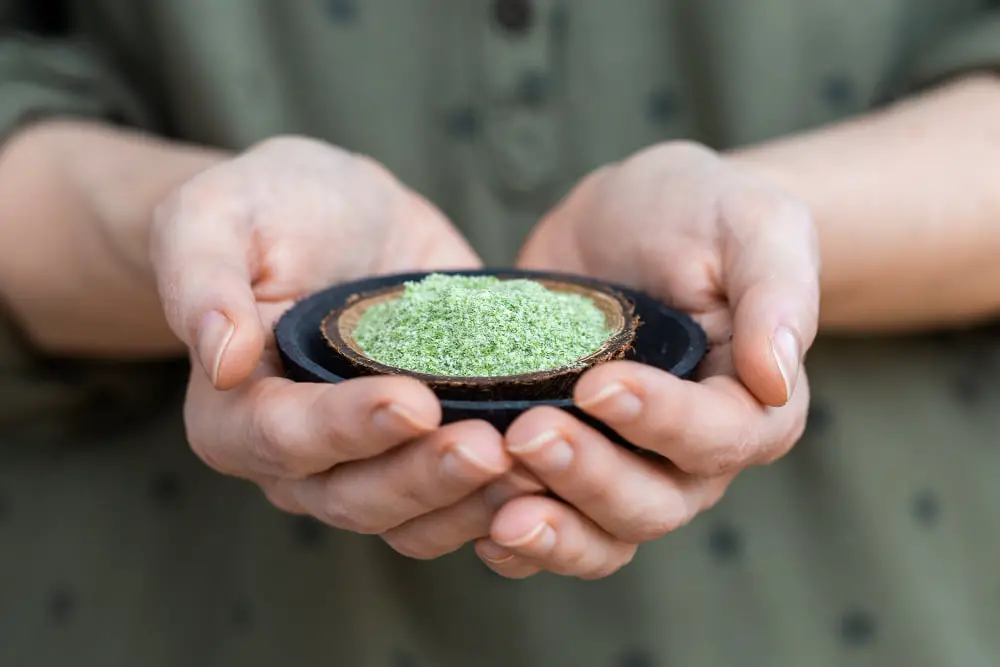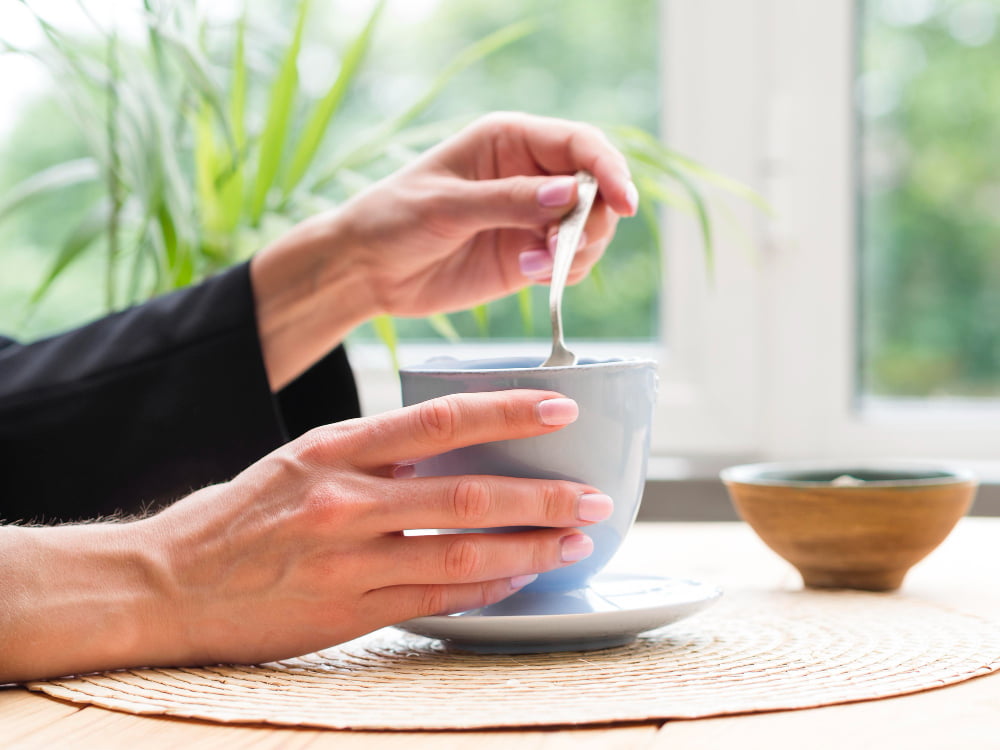Searching for greens that can add distinct grassy aromatic flavor to your soup, salads, and stir-fries, with many health-upgrading benefits, you should try Tong Ho. Also known as tong hao, crown daisy, shungiku, and chrysanthemum leaves, this herbaceous plant has small thin leaves 5 to 10 centimeters long. It is popular in traditional East Asian cooking and tastes something between celery and parsley leaves.
With the ability to cure various illnesses, this herb is gaining popularity worldwide as it comes with delicious preparations and is easy to grow. So check out the following attributes about this beautiful herb before getting it from the supermarket or planting it in your kitchen garden.
What is tong ho?


Widespread in East Asia and Mediterranean countries, tong ho differs from regular chrysanthemums, which flower during autumn, as it blossoms in spring. Belonging to the Asteraceae family, this leafy vegetable is loaded with nutrients and has many health benefits.
It is also used in various herbal medicines for its anti-inflammatory and analgesic properties. Its leaves are grassy in taste and become bitter as they mature. Its stalks, when tender, are slightly crunchy.
It is used in various dishes in Japan, China, Korea, and Vietnam. It is very prevalent in Japan, known as shungiku and kikuna. In China, this crunchy vegetable is often served with seafood dishes made from crabs and shrimp to heighten their flavor. In Vietnam, it is commonly known as tan in and is used in herb mix.
the nutritional profile of Tong ho
These are the nutrition values you get in 100g of this wonderful herb
| Nutritional Components | Value per 100g |
|---|---|
| Energy | 20 Cal |
| Carbs | 4.3g |
| Fat | 0.1g |
| Protein | 1.6g |
| Sodium | 53 mg |
| Potassium | 569 mg |
| Vit. A | 51 % |
| Vit. C | 39 % |
| Calcium | 6 % |
| Iron | 20 % |
Health benefits of tong ho
The chrysanthemum leaves have numerous health benefits and are used as traditional medicine in China, Japan, and Vietnam. It is also known as Vietnamese balm because of its analgesic properties in Vietnam. Some of the health benefits of this versatile herb are:
boost digestion


Including chrysanthemum leaves regularly as soup and salads can improve gut health. Enzymes in this herb promote digestion and alleviate problems like bloating, constipation, and flatulence. With a peppery flavor, it can be easily incorporated into meals such as salads and soups. It helps the speedy recovery of people suffering from vomiting and weakened digestion after an illness.
improves cognition
Tong ho is rich in vitamins B1 and B6, essential for synthesizing neurotransmitters in the brain and healing nerve damage, including this herb in diet can improve cognitive functions like learning, problem-solving, thinking, and reasoning.
for a healthy heart


Chrysanthemum leaves with anti-inflammatory properties help protect against heart disease. This herb also contains certain compounds that reduce the cholesterol level in the blood, thus reducing the chance of heart attack and stroke. It helps in maintaining blood pressure as it is rich in potassium.
prevents asthma And Arthritis
Any inflammation in the airways triggers asthma, while inflammation in the joints causes Arthritis. Tong ho, with anti-inflammatory properties, prevents airway narrowing and reduces joint pain, thus preventing these diseases. It is also known to clear phlegm and relives a blocked nose.
helps in weight loss


Chrysanthemum leaves contain chlorogenic acid. Chlorogenic acid helps to reduce glucose spikes in the blood after a meal. The body stores the extra glucose in the bloodstream as glycogen in the liver and as fats in the muscles. A constant low blood glucose level helps with weight loss. It also leads to lesser hunger pangs which prevents binge eating.
prevents cancer
Being rich in vitamin A, antioxidants, and phytochemicals, Tong ho scavenges free radicals and prevents the growth of cancerous cells in the body. A study showed the reduced risk of lung cancer among people in Taiwan with the intake of vitamin A-rich foods such as garland chrysanthemum and sweet potato. Tong ho should be taken raw or lightly cooked for maximum antioxidant benefits.
side effects of Tong ho
Tong ho, with many benefits and nutritional richness, may sometimes trigger allergic reactions like mild stomach upset in some people. So one should gradually increase the quantity in the diet if symptoms of such allergies exist.
To wrap up
Many individuals are choosing to embrace a natural way of life, such as a natural lifestyle, and opt for natural remedies, such as the use of this herb. This herb possesses numerous medicinal benefits and aids in the healing of various illnesses without the need for pharmaceutical drugs. The power of nature is once again showcased through this remarkable herb, which serves as a testament to its incredible ability to heal.
Hope you find this post useful!
If you want to read more of our content, please visit our blog
Featured Image by user15285612 on Freepik
DISCLAIMER – The tips provided are for informational purposes only and do not constitute professional advice.




